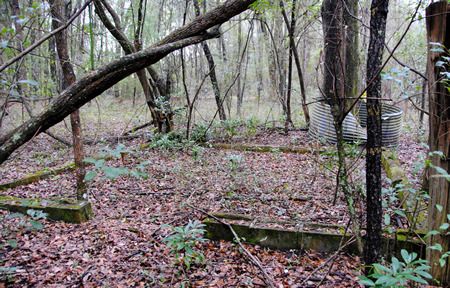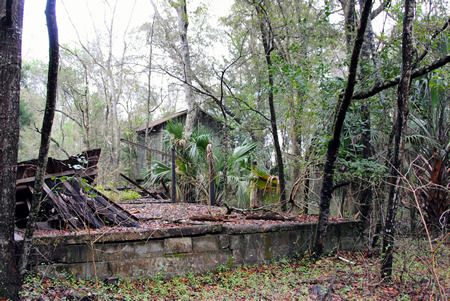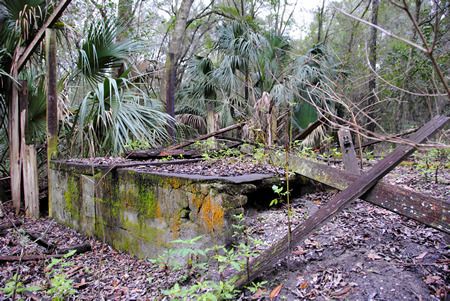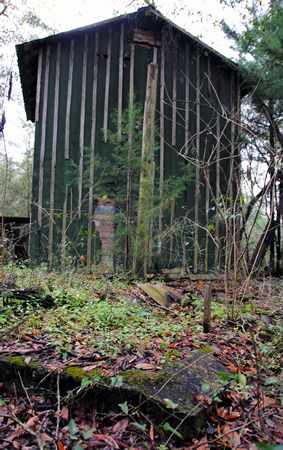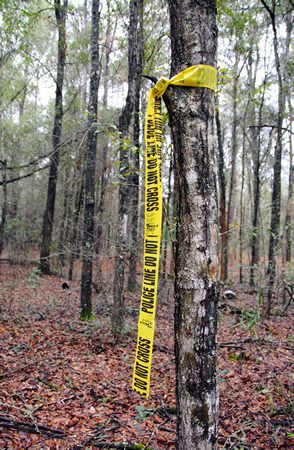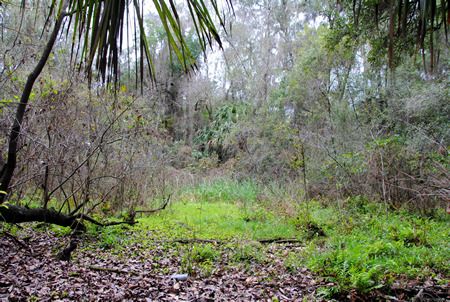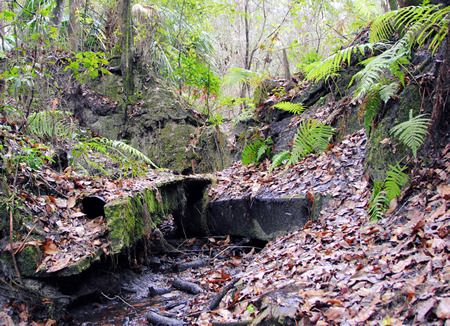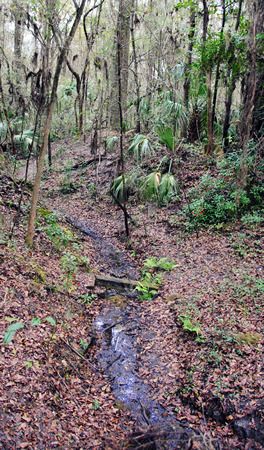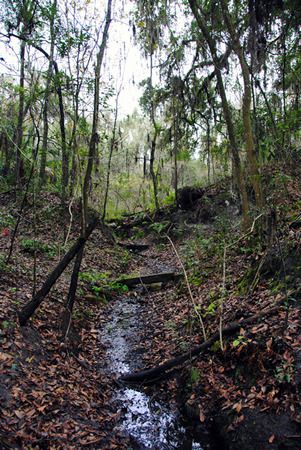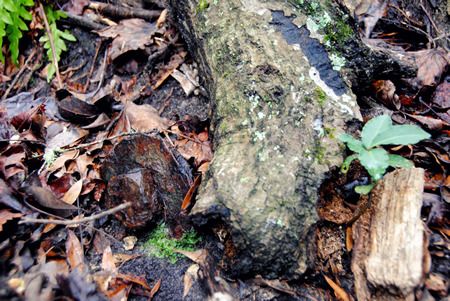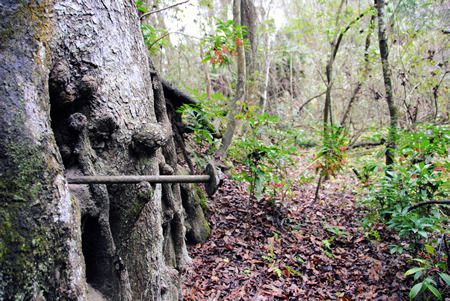So, allegedly, one of these days there is going
to be a paved bike trail on the former CSX rail line between High Springs and
Newberry one of these days. (I say allegedly as there may
have been a hiccup; I'm waiting for the Alachua County government to get back
to me.) Even without any hiccups, it could take years to start, much less
finish, this project. I'm recovering from a fractured foot, which limits the
amount of walking that I can do. My physical therapist recommended cycling to
keep my leg muscles active, but as riding along roads scares the crap out of
me, I decided to check out the former rail beds (which I blogged about here, here, and here) for the purposes
of cycling. I've found a lovely route, just shy of six miles as a loop, and
I've been riding it regularly for the past six months. It's a wonderful place
to get your exercise, enjoy nature (lots of birds, butterflies, wildflowers,
deer, etc), and not have to worry about dodging traffic.








My route ends at the remains of the old railroad bridge over the Santa Fe
Unfortunately, this is
the only stretch of the former railroad that is rideable at the moment (at
least to me). The track that heads north towards Prime Conduit is completely
overgrown. There's definitely potential for the ballast (the gravel that supports
the rails and the ties) to be worn down to a rideable level headed westward
towards Newberry, as people are definitely driving on the former rail bed, but
it's just not ready for the casual cyclist yet. The ballast is still too
much in evidence if you head west from Poe Springs Road in the direction of
Newberry. I made it about a quarter of a mile in that direction before deciding
that while aesthetically it looked lovely, it just was not a pleasant ride.
Nope, not going to ride that.
So... what's up with this official bike route? Well,
the last I'd heard was this bit of good news from August 2017:
Bicyclists may soon be
able to pedal all around Alachua County with ease. County commissioners agreed
Tuesday to spend $3.3 million to acquire land needed for a $12 million
rail-to-trail project that will run from the edge of Newberry to downtown High
Springs. The trail could eventually connect to other trails throughout Alachua
County, creating ease for riders to tour the county.
“The (trail) network in
and adjacent to Alachua County will make this an international tourist
destination,” County Commissioner Robert Hutchinson said. The county will use
its share of Wild Spaces and Public Places funds for the recreation project.
The city of High Springs will contribute about $300,000 toward the purchase.
The
13-mile strip, which runs parallel to U.S. Highway 41, will cost at least
another $8 to $9 million to pave, county spokesman Mark Sexton said. Sexton
said the county will pursue grants to pay for much of the paving. Documents
show the county is buying the land from the Trust for Public Land. Sexton said
the project has been high on the county’s wish list for several years and that
county officials have tried unsuccessfully to get state funding for the project. [complete
article]
According to this
article from December 2015, "the rail corridor
runs next to US 27/41 from a spot near the Santa Fe River in High Springs south
to just north of Newberry."
I'm not sure how much
(hopefully all?) of "my" route is included in this, although I'd like
to think that by "a spot near the Santa Fe River" they do actually
plan to include "my" route. But then there's that hiccup I had mentioned.
Oh, goody.
I've searched for
updates. I couldn't find anything about a decision one way or the other in
March 2018. I've reached out to the Alachua County government and am awaiting
an answer. There is nothing about this on the City of High Springs website, but
the City of Newberry's website, I learned that the November 15, 2018 City
Commission meeting involved a discussion of including "Funding for the
rails to trails project including High Springs to Newberry, Newberry to
Trenton, and a trailhead project" (source),
although I've no idea what the results of said discussion were.
I'll update you if I
learn anything more.

















































